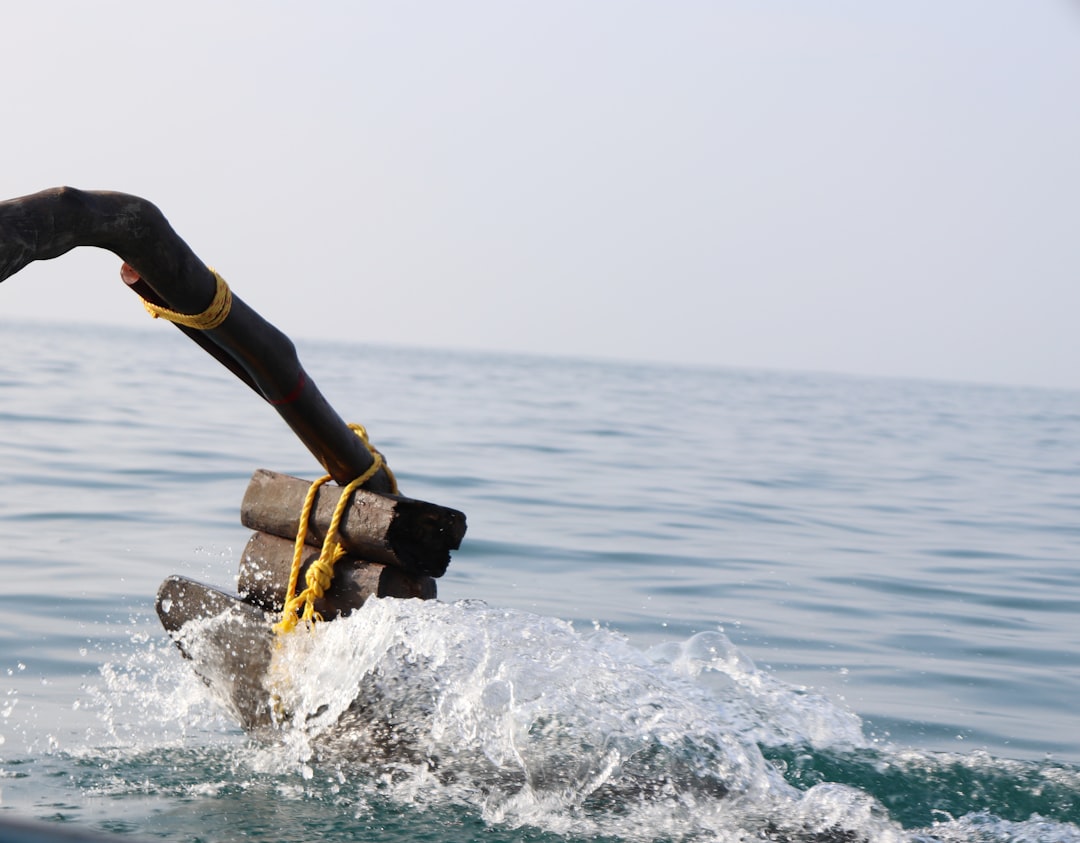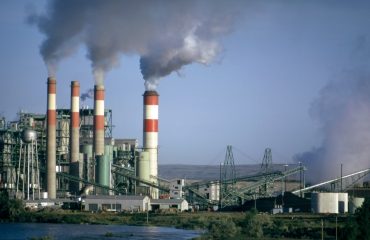body {
font-family: sans-serif;
line-height: 1.6;
}
h1, h2, h3 {
color: #0056b3;
}
Marine environments present unique and significant challenges to piping systems. The constant exposure to saltwater, extreme weather conditions, and the inherent risks associated with offshore operations demand meticulous attention to safety. This comprehensive guide delves into crucial aspects of pipe safety in marine applications, ensuring the integrity and longevity of your systems.
1. Material Selection: The Foundation of Marine Pipe Safety
Choosing the right pipe material is paramount. The harsh marine environment necessitates materials resistant to corrosion, stress cracking, and fatigue. Common choices include:
- Stainless Steel: Offers excellent corrosion resistance, particularly in saltwater environments. Different grades (e.g., 316L) offer varying levels of resistance and are selected based on specific application needs.
- Duplex Stainless Steel: Combines the strength of stainless steel with enhanced corrosion resistance, making it suitable for high-pressure applications.
- High-Strength Low-Alloy Steel (HSLA): Provides a balance of strength and weldability, often used with appropriate coatings for corrosion protection.
- Fiberglass Reinforced Plastic (FRP): Lightweight and corrosion-resistant, ideal for certain applications, but with limitations on pressure and temperature.
- Copper Nickel Alloys: Excellent corrosion resistance in seawater, often used in seawater cooling systems.
The selection process should consider factors like the fluid being transported, pressure and temperature levels, environmental conditions, and the overall lifespan requirements of the system.
2. Corrosion Prevention: A Continuous Battle Against Degradation
Corrosion is a major threat to marine piping systems. Effective prevention strategies are critical for safety and longevity. These include:
- Protective Coatings: Applying specialized coatings, such as epoxy, polyurethane, or zinc-rich primers, creates a barrier between the pipe material and the corrosive environment.
- Cathodic Protection: This electrochemical technique uses sacrificial anodes or impressed current systems to prevent corrosion by making the pipe the least reactive element in the system.
- Regular Inspections and Maintenance: Frequent visual inspections, coupled with non-destructive testing (NDT) methods like ultrasonic testing (UT) and magnetic particle inspection (MPI), can detect early signs of corrosion.
- Proper Drainage and Ventilation: Ensuring proper drainage prevents water accumulation, which accelerates corrosion. Adequate ventilation reduces the risk of condensation.
A proactive approach to corrosion prevention is essential to minimize risks and avoid costly repairs or replacements.
3. Pressure Testing and Leak Detection: Ensuring System Integrity
Before commissioning any marine piping system, rigorous pressure testing is mandatory. This verifies the system’s ability to withstand operating pressures and identifies potential leaks. The testing process involves:
- Hydrostatic Testing: Using water to pressurize the system, this method is widely used due to its simplicity and effectiveness.
- Pneumatic Testing: Using compressed air or gas, this method is faster but requires greater caution due to the potential for explosive failure.
- Leak Detection Methods: Employing techniques such as dye penetrant testing, acoustic emission monitoring, or pressure decay analysis helps identify even small leaks.
Thorough pressure testing and leak detection significantly reduce the risk of catastrophic failures during operation.
4. Regular Inspection and Maintenance: Proactive Safety Measures
Regular inspections and preventative maintenance are crucial for maintaining the safety and reliability of marine piping systems. This includes:
- Visual Inspections: Regular visual checks for signs of corrosion, damage, leaks, or loose connections.
- Non-Destructive Testing (NDT): Periodic NDT inspections help detect internal flaws and corrosion that might not be visible externally.
- Preventative Maintenance: Scheduled maintenance activities, such as cleaning, lubrication, and tightening of connections, prevent minor issues from escalating into major problems.
- Documentation: Maintaining detailed records of inspections, maintenance activities, and any repairs carried out.
A well-defined inspection and maintenance program is essential for early detection of potential hazards and ensuring the long-term safety of the system.
5. Emergency Procedures and Response: Preparedness for Unexpected Events
Despite preventative measures, unexpected events can occur. Having well-defined emergency procedures is vital for mitigating risks and ensuring personnel safety. This includes:
- Leak Response Plans: Detailed plans outlining procedures for handling leaks of various sizes and types of fluids.
- Emergency Shutdown Procedures: Clearly defined steps for safely shutting down the system in case of an emergency.
- Personnel Training: Regular training for personnel on emergency procedures, including the use of safety equipment and communication protocols.
- Emergency Equipment: Ensuring readily available emergency equipment, such as leak repair kits, spill containment materials, and personal protective equipment (PPE).
Preparation is key to effectively responding to emergencies and minimizing the consequences of unexpected events.
By adhering to these guidelines and implementing robust safety protocols, marine operators can significantly enhance the safety and reliability of their piping systems, contributing to a safer and more efficient operation.
SEO Tags:
marine pipe safety, offshore piping, pipe inspection, corrosion prevention, pressure testing




